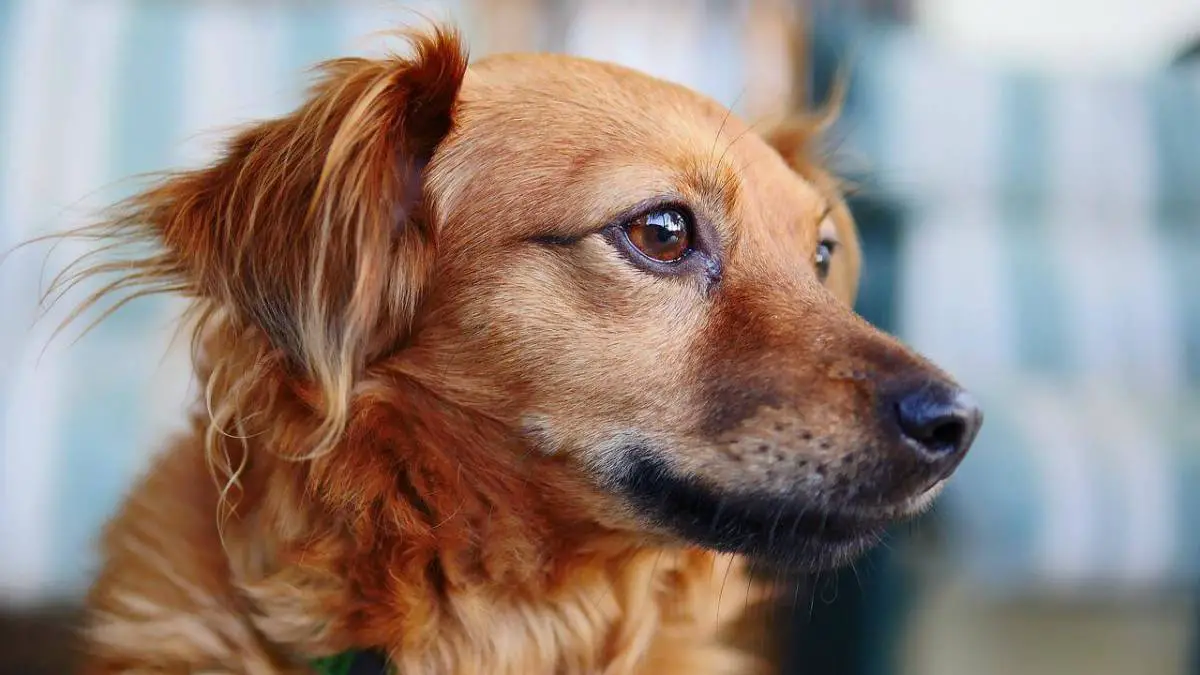Skin Tags On Dogs - All You Should Know
25.08.2022.
We all know that skin tags can happen to humans, but did you know that dogs also can grow them? Maybe you just petted your dog and noticed a small bump on your dog's skin. Naturally, you will first ask yourself: "Is this something dangerous?" In most cases, skin tags on dogs will happen to older dogs, but don't be surprised if your puppy gets it.
For the most part, skin tags are nothing to be concerned about, but still, you will need to take a look to confirm. For some dogs, skin tags can become large and cause discomfort.
What is a skin tag?
The skin tag is a growth that can happen anywhere on the dog's body. Some skin tags will start small and grow with time, while others will remain the same. In most cases, they are not painful. Some skin tags are considered a type of benign cancer fibroma, but most of the skin tags are non-cancerous.
The most common areas where skin tags can be found are
- Head
- Neck
- Chest
Skin tags can appear as the dog ages, and in the majority of cases, they are harmless. Any breed can get them, but recent studies showed that large and giant dog breeds are the most affected.
RELATED: 10 Best Home Remedies for Itchy Skin in Dogs
Symptoms
If you notice a skin tag on your dog during your petting sessions, you must do a few things to ensure that this is not harmful. Firstly you must monitor the skin tag – its size, shape, and color. That way, you can notice if the skin tag starts to grow.

If your dog isn't in pain and the skin tag is not causing him discomfort, there is no need for you to rush to the clinic. You can mention this during your regular vet visit, and your vet will take a look.
However, if you notice any changes to the skin tag, you should contact your vet and ask for advice.
Symptoms that can indicate that the skin tag should be examined:
- changes color
- continue to grow
- bleeding from a skin tag
- new skin tag forming in the same area
- excessive licking and scratching of the infected area
- the dog appears to be in pain
If you notice these symptoms, you should immediately call your vet and schedule an appointment. These skin tags need to be monitored and examined.
RELATED: Dog Skin Cancer - Treatment & Prevention
Diagnosis
If you notice any growth on your dog's body, you should monitor it closely. You must determine if it's a normal skin tag or some other type of growth, such as a tumor. The best thing you can do is to look for size, shape, and color and monitor if there will be any changes.

WORLD DOG FINDER TIP: The good idea is to take a picture to show to your vet during your next appointment.
If you notice any changes or rapid growth, seek vets' help immediately. These changes can occur with growth in size, color changes, etc. Also, if something is bothering your dog, he may show other symptoms such as lack of appetite, distress, weakness, vomiting, and diarrhea.
Take as much information as you can learn about all the things you have noticed to help your vet. Your vet will then examine your dog and look at all skin tags on his body to determine your next moves.
Skin tag treatment
In most cases, skin tags will not need any treatment. Some skin tags can shrink over time, while others will remain the same. Surgery can be recommended by your vet if he wants to take a sample for biopsy for further examination. In general, your dog can normally live with a skin tag.
You may need to surgically remove skin tags from your dog because they are causing him discomfort and pain.
IMPORTANT: You should never attempt to remove the skin tag by yourself!
Prognosis & recovery
Most skin tags are benign, and your dog will not experience any problems. If your vet decides to remove the skin tag, he could send it for a biopsy to determine what it contains.
Your dog will not be in pain. However, you should monitor your dog to ensure everything is alright with him. After the removal, you must watch your dog and not allow him to bite and scratch the affected area to avoid further complications. Keep that area clean and watch closely for any types of changes.
RELATED: Hot Spots on Dogs and What to Do About Them
How to notice skin tags on my dog?
The best way to notice any changes in your dog is to check them regularly. Regular belly rubs will ensure you find any lumps that weren't there before. By regularly checking your dog, you can be sure that even if skin tags do appear, you will notice it immediately, and you can take action if needed.
Many health problems regarding dogs happen because their owners don't take action when needed, and they ignore the problem for a long time until it becomes too late.
World Dog Finder team







Share